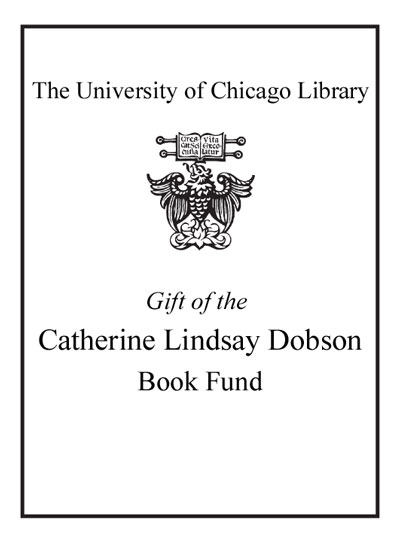Review by Choice Review
Prince (Virginia Tech) has compiled 13 essays that explore the history of the horror genre, its changing iconology, and its general social and psychological appeal. Including contributions by David Skal, Steven Jay Schneider, and Mary Beth Oliver, the book is divided into two parts. The four essays that make up the first section, "The Silent and Classical Hollywood Eras," offer historical examinations of the genre in relation to its European roots and its growth into a Hollywood staple. The essays in the second section, "The Modern Era," cover subjects ranging from horror's postmodern elements to the appeal of horror and suspense. Of special note in this latter section is Mikita Brottman's essay "Mondo Horror: Carnivalizing the Taboo," which examines how mondo horror--documentaries presenting sensational graphic material--fits into the overall horror canon. Offering a variety of insights into the horror genre and a concise and interesting examination of its development to date, this volume will be a good resource for those interested in film genre. ^BSumming Up: Recommended. Upper-division undergraduates through faculty. A. F. Winstead Our Lady of the Lake University
Copyright American Library Association, used with permission.
Review by Library Journal Review
Horror films have often been criticized for their graphic images and the effect they have on viewers. In this collection of scholarly essays, the focus is on the psychological, cultural, and emotional impact these films have had over the decades. Horror is defined and divided into many subgenres, with discussions ranging from the silent films to "Postmodern Elements in Contemporary Horror Films." Each writer offers his or her own theories on what makes people enjoy horror and how horror reflects the times. For example, Isabel Cristina Pinedo argues that Night of the Living Dead reflects the bloodshed in Vietnam and the cruelty of white supremacist groups, an interpretation director George Romero might find astonishing. Yet another surprising entry, written by Caroline J.S. Picart and David A. Frank, calls Schindler's List a psychological suspense thriller and compares its cinematic techniques to the famous shower scene in Hitchcock's Psycho. In some of the essays, writers seem to struggle to make their point. Recommended only for academic libraries with sociology or psychology collections.-Rosalind Dayen, South Regional Lib., Broward Cty., FL (c) Copyright 2010. Library Journals LLC, a wholly owned subsidiary of Media Source, Inc. No redistribution permitted.
(c) Copyright Library Journals LLC, a wholly owned subsidiary of Media Source, Inc. No redistribution permitted.
Review by Choice Review
Review by Library Journal Review

